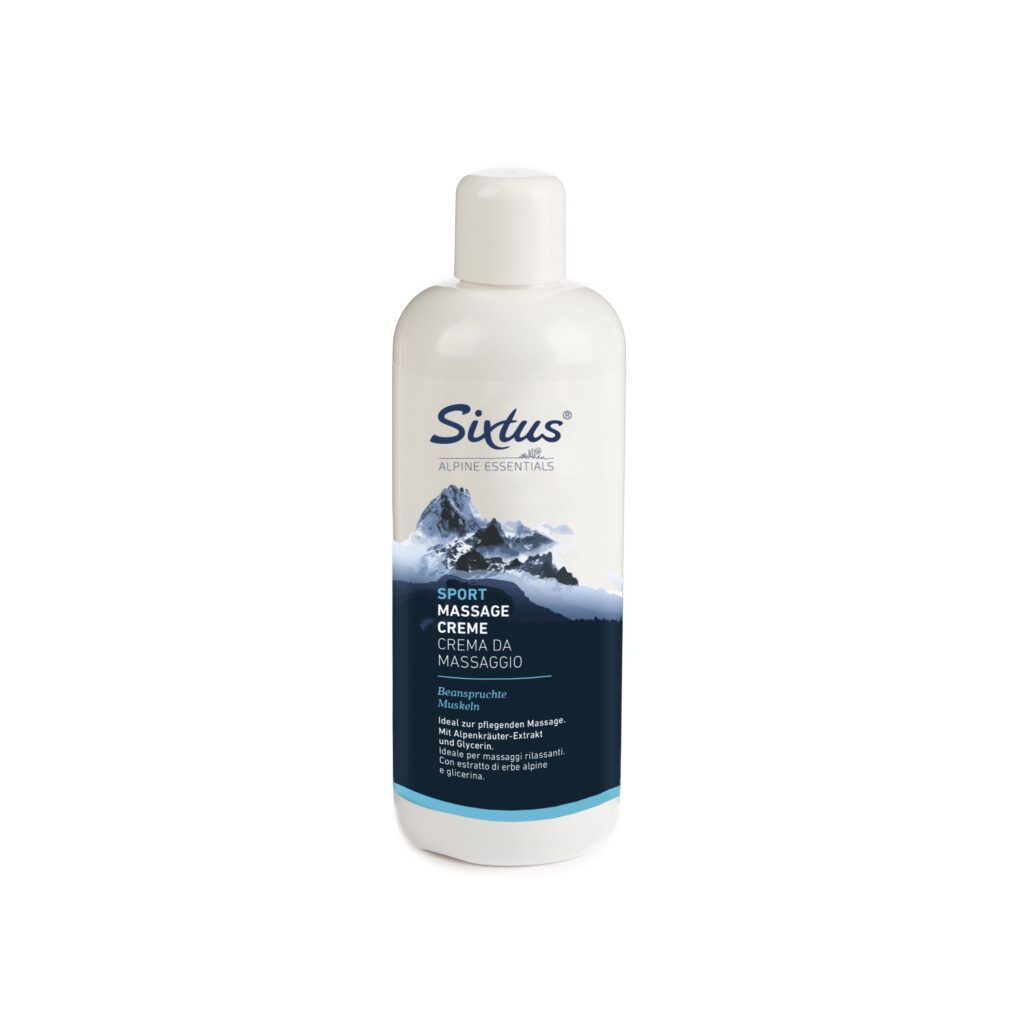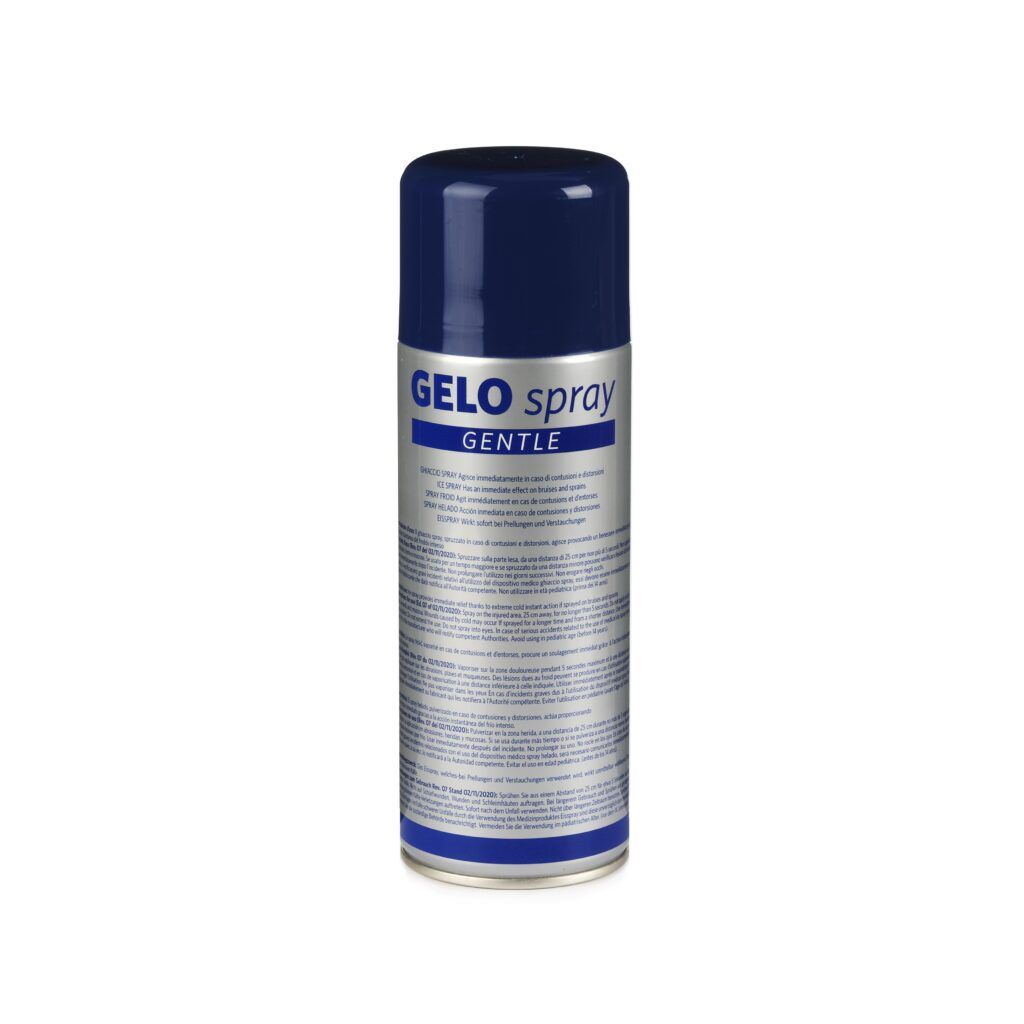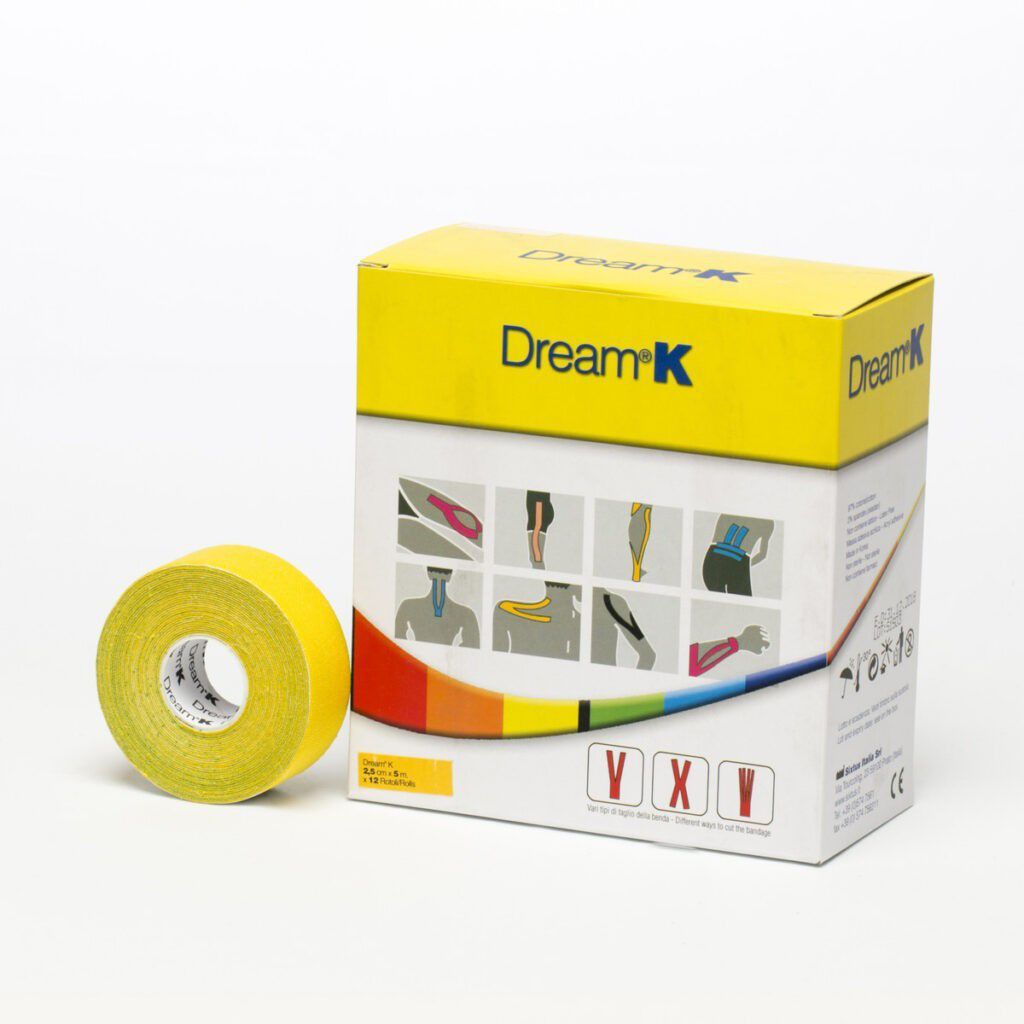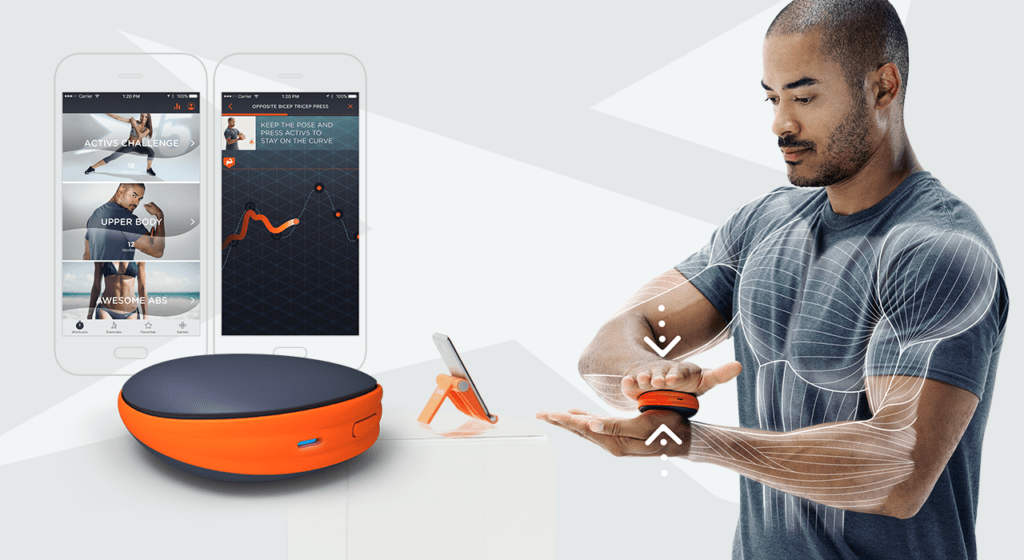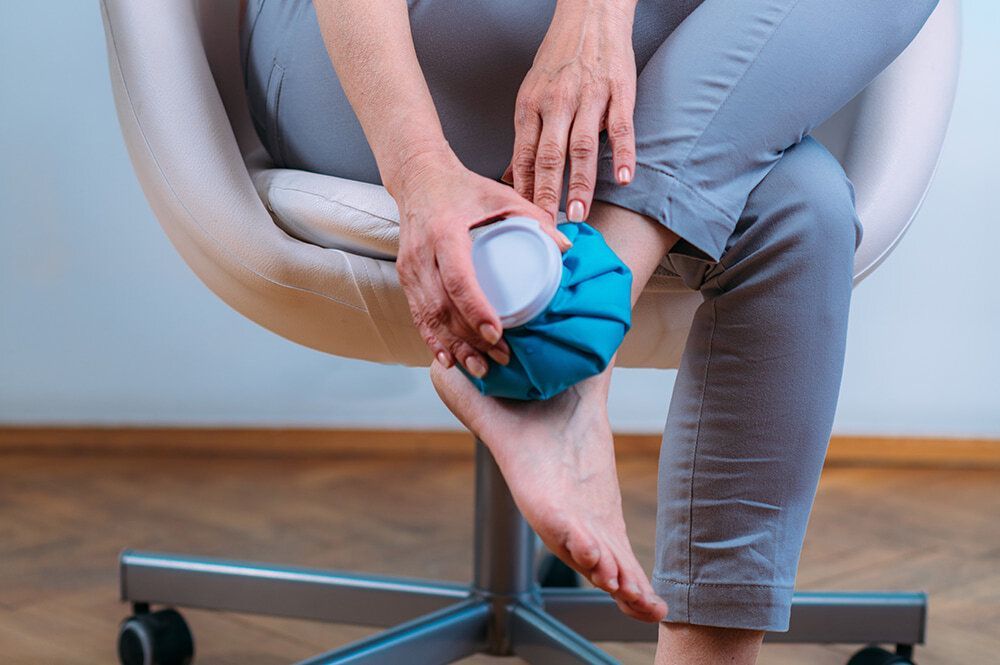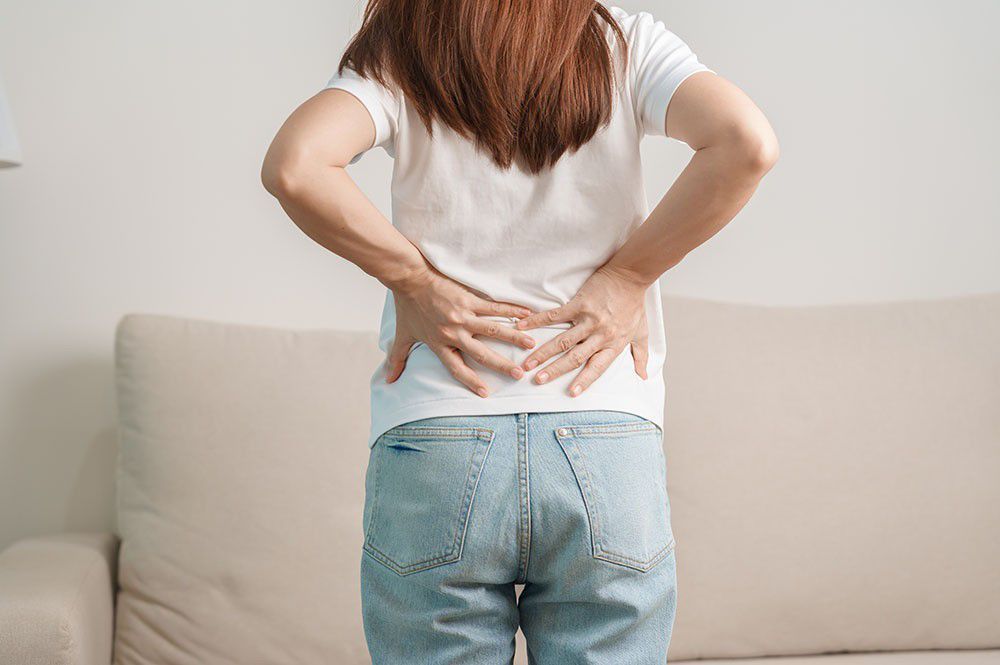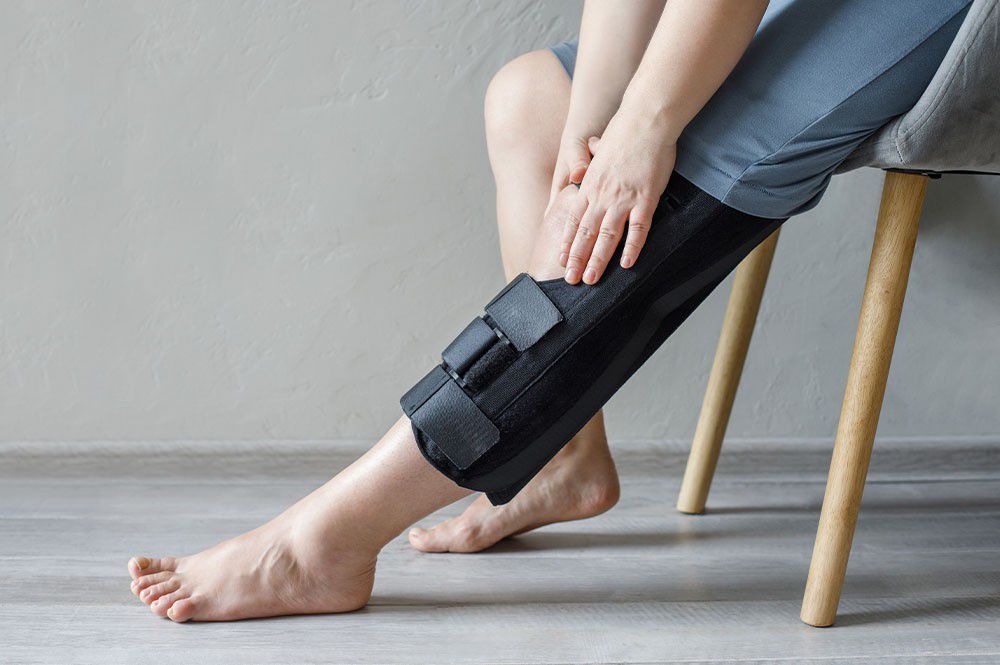The injuries and healing
Bioresonance: what it is, how it works, and ideal machines
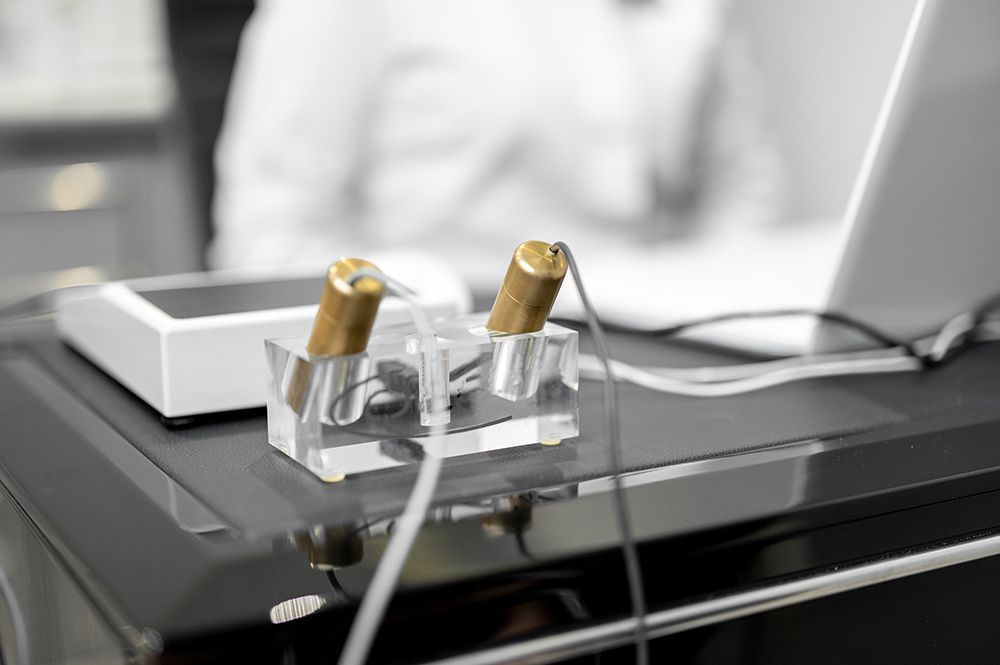
What is bioresonance?
Bioresonance is a complementary medicine practice based on the idea that every cell in the body emits electromagnetic frequencies. Using specific devices, it aims to detect and correct any energy imbalances to promote the well-being of the body. Bioresonance utilizes controlled magnetic fields that create a stabilizing effect on the biochemical balance of cell membranes. For this reason, bioresonance can be considered a variation of classic magnetotherapy and is used to aid muscle recovery after prolonged physical exertion.How does bioresonance work?
The operation of bioresonance is based on the physical principle of resonance: two systems capable of vibrating at the same frequency can influence each other. The device analyzes the electromagnetic frequencies emitted by the body and compares them with a database of “optimal” frequencies; disturbed frequencies are then isolated and modified through a process called “phase inversion” or filtering. The corrected waves are then sent back to the body to stimulate a process of rebalancing. In practice, the goal is to "reset" abnormal energy signals without the use of medication or invasive interventions.The benefits of bioresonance
Those who use bioresonance report benefits on several fronts, although scientific evidence supporting these effects is still limited. Some of the main benefits reported include:- Reduction of stress, anxiety, and chronic fatigue;
- Improvement of sleep quality;
- Assistance in managing food or environmental allergies;
- Support in detoxification processes (from heavy metals, toxins, etc.);
- Stimulation of immune defenses.
- Improved performance. Bioresonance stimulates metabolism, increasing energy availability;
- Faster recovery post-workout. It speeds up recovery times and reduces the risk of sports injuries;
- Psychophysical well-being. It promotes sleep and activates self-healing processes.
Bioresonance machines
There are various devices for bioresonance therapy, both for personal use and in clinical settings. However, it is not easy to find a bioresonance device specifically designed for post-workout recovery. For this reason, our proposal, which includes five different programs for athletes, is the Biomedical PEMF device.Contraindications
Although considered a non-invasive technique, bioresonance has some contraindications:- People with pacemakers or implantable electronic devices: electromagnetic waves could interfere with their proper functioning;
- Pregnant women: as a precaution, it is recommended to avoid treatments during pregnancy;
- People diagnosed with cancer: there is no evidence supporting the effectiveness of bioresonance in oncology.

